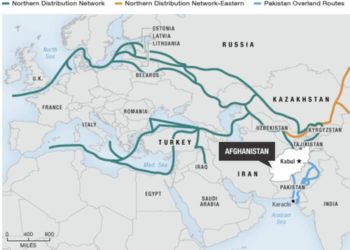There is no denying that World War II was by far thee most devastating and horrific conflict in human history. From 1939 to 1945, an estimated 80 million people were killed and saw the rise of the United States and the Soviet Union as the two super powers who would dominate global affairs for many decades to come. While the United Kingdom, France and even the Netherlands were forced to give up most of their overseas territories as the war had weakened their ability to hold on to those claims. Effectively ending of those empires which had existed for so many centuries. But World War 2 was and is the best example of Good (The Allies)going against Evil (The Axis Powers), and fortunately for the world, the Allies came out as the victors.
Now we are all familiar with the weapons the Allies used to win the war, such as the Mustang, the Flying Fortress, Spitfire, T-34, etc., and all of them have earned their place in history for the rolls they played. But there were many others who contributed to the war effort and it could be said that without them, the war could have ended diffirently. So right now I am going to list 5 weapons of World War 2 which were vital to the Allied war effort:
5: THE BOEING STEARMAN MODEL-75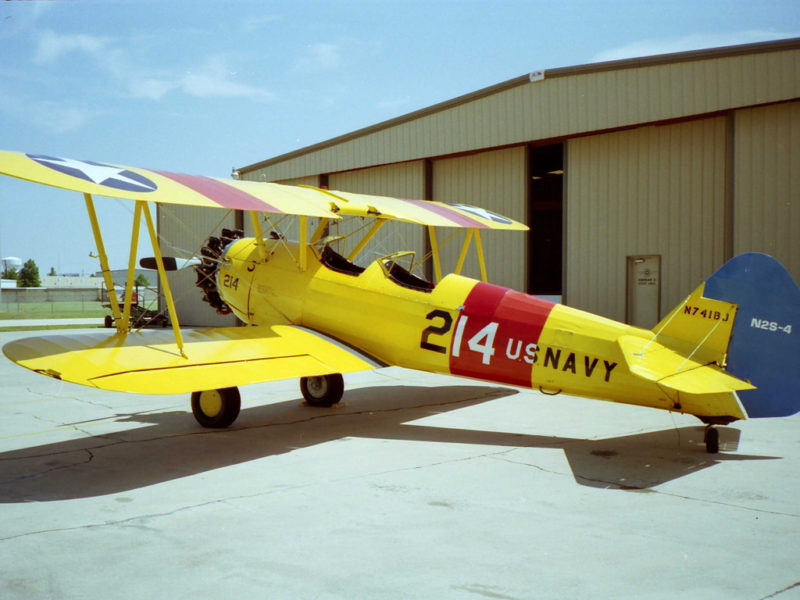
Built by the Boeing Corporation, the Stearman was a biplane used by both the U.S. and Canada to train their pilots. The aircraft was a rather simple aircraft which could be easily repaired, a quality which made this aircraft perfect for training the men who would soon face the enemy over Europe and the Pacific. Powered by a single Continental radial engine which cranked out a whopping 220 horse power, the Stearman had a top speed of 135 miles per hour and had a maximum ceiling of 13,000+ feet, which gave the pilot in training a feel of what it would be like when it came time for him to go on an actual patrol, of course he would not have his instructor with him, as he would be seated behind him during training flights.
In all over 10,000 Stearmans were built, a number of which are still flying today by private owners. But many pilots owe their skill to this humble aircraft. Interestingly, a number of them are still around today in private ownership and it is possible to acquire one for a mear $200,000 US.
4: THE Landing Craft Vehicle Personnel, LCVP (or “the Higgins Boat”)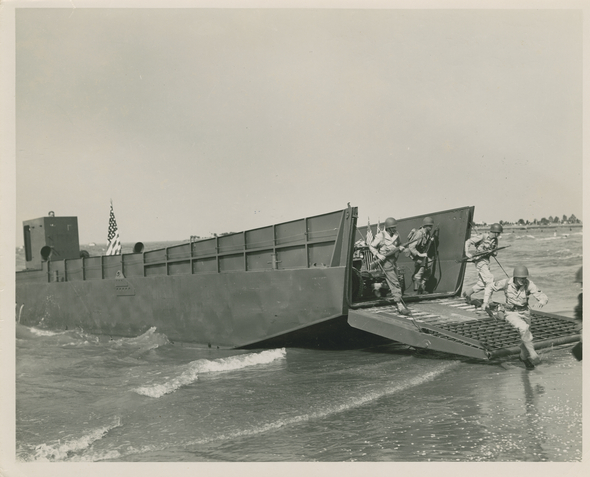
The LCVP originally started life as a design which were meant to be used by individuals who’s livelihood centered around operating in the many swamps which existed on the Gulf Coast of the United States. Their flat bottoms made them ideal for operating in shallow waters and could even run right up onto the shore line, while still being able to reverse back into the water without getting stuck. It was not long before the U.S. Military, specifically the United States Marine Corp, took notice of these vessels. As they needed a vessel which could be used to quickly deliver troops from ships to shore.
Andrew Higgins (The person who the vessels are named after) agreed to supply his vessels to the military, but were modified to incorporate a steel ramp which would allow soldiers to exit he vessel quickly in combat and they would certainly make a name for themselves as America entered the Second World War. As the Higgins Boats saw action during the Allied landings in North Africa, Italy, D-Day, as well as numerous operations throughout the Pacific. Even General Dwight D. Eisenhower himself praised the Higgins boats, saying that they were crucial to the Allied victory in the Western front.
3: The Studebaker US6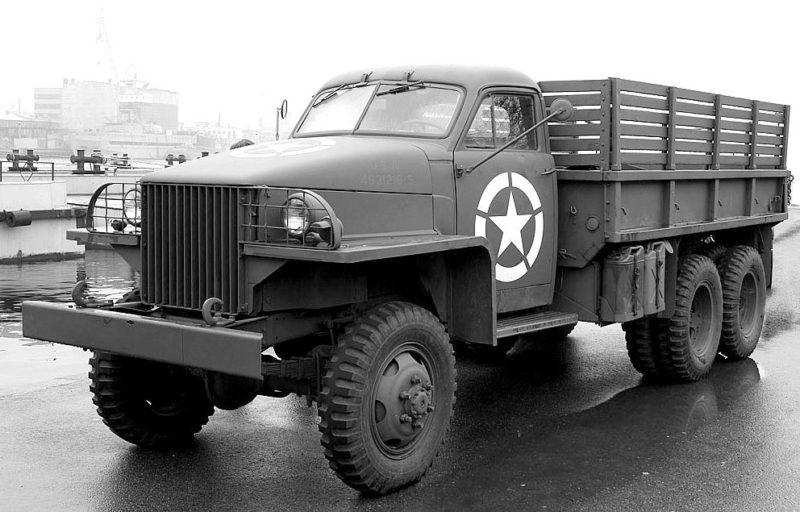
You knew this was coming. The US6 was a series of 2 ½ ton trucks which proved to be incredibly crucial to the Allies when it came time to supply the front lines. With a Hercules JXD 6-Cylinder engine transferring power to all of its sic wheels, the US6 was everywhere during the war and carried everything and anything with the Allied armies needed on the front lines.
Interestingly the largest operator this American built truck was in fact, the Soviet Union. Thousands of these trucks were shipped to the USSR and the Red Army fell in love with them due to their ruggedness and reliability . During the Battle of Kursk, US6s were used to pull Soviet artillery across the battle field to where they were needed. Out flanking German forces which would result in a decisive Soviet victory. So loved were these vehicles that Soviet troops call them “Studers” and were even used in the final push against Berlin.
2: The Caterpillar D8 Bulldozer. 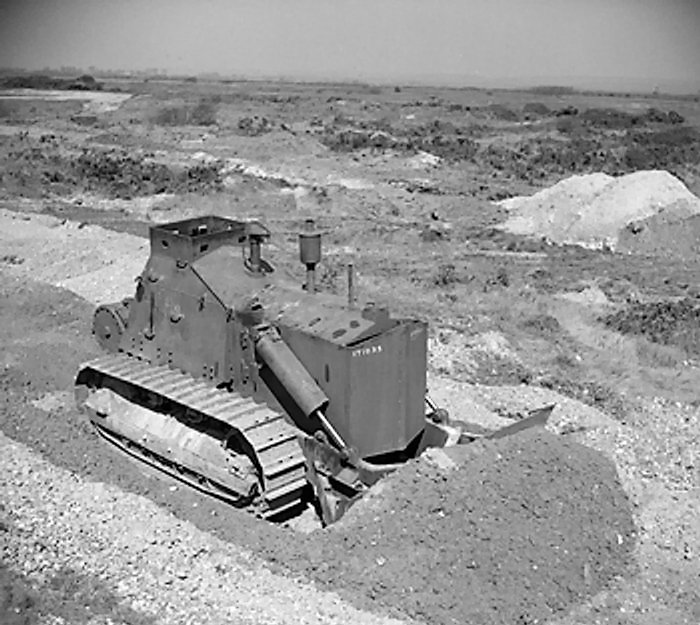
Although having hundreds of trucks ready to supply your forces on the front line is a nesessaty if you are at war, those truck nor you army are going anywhere unless they have roads to travel upon. Thus this is where the D8 comes into play.
Introduced in 1937, the D8 Bulldozers were anywhere the western allies were and were used for every major logistical project which were under taken. D8s were instrumental in the construction of litterally thousands of miles of roads throughout the world (Many of which are still in use today), as well as hundreds of air fields both in, North Africa, the Caribbean and especially, the Pacific. Although later in the war more combat oriented bulldozers such as the Centaur Bulldozer would be developed, there is still no denying that the D8 truly did built the roads which lead to victory.
1: CV 56 Magnetron.
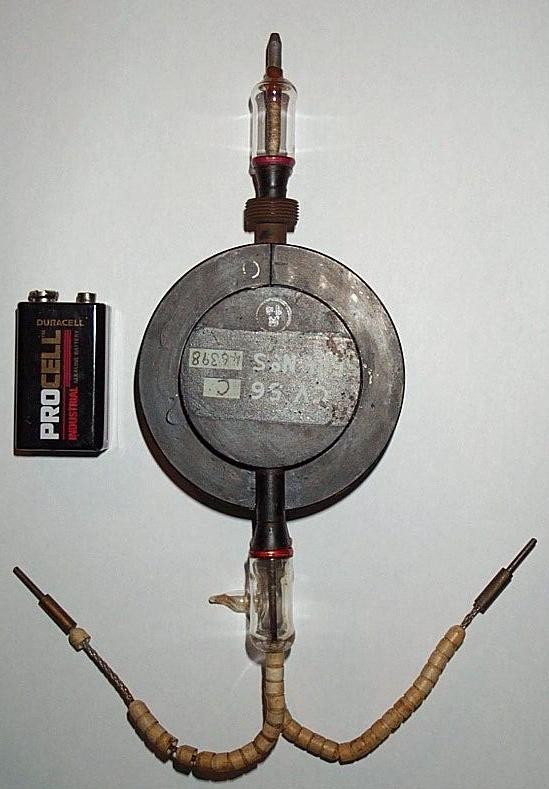
It may not have looked like much, but the CV 56 was by far thee most important scientific development of the Second World War. This little device allowed for the development of poweful Radar which proved to be vital during the Battle of the Atlantic, which ultimately resulted in the Allies turning the tided against the German U-Boats.
The CV 56 also allowed for the development of radar systems which could be fitted onto aircraft such as the P-70 and the de Havilland Mosquito, so as they could be used for night time activities. So important was this device, that a number of them were sent to the US as the British feared that they could fall into German hands if the Britain was invaded. But there is no doubt that the CV 56 greatly contributed to the Allied victory in Europe and the Pacific.








